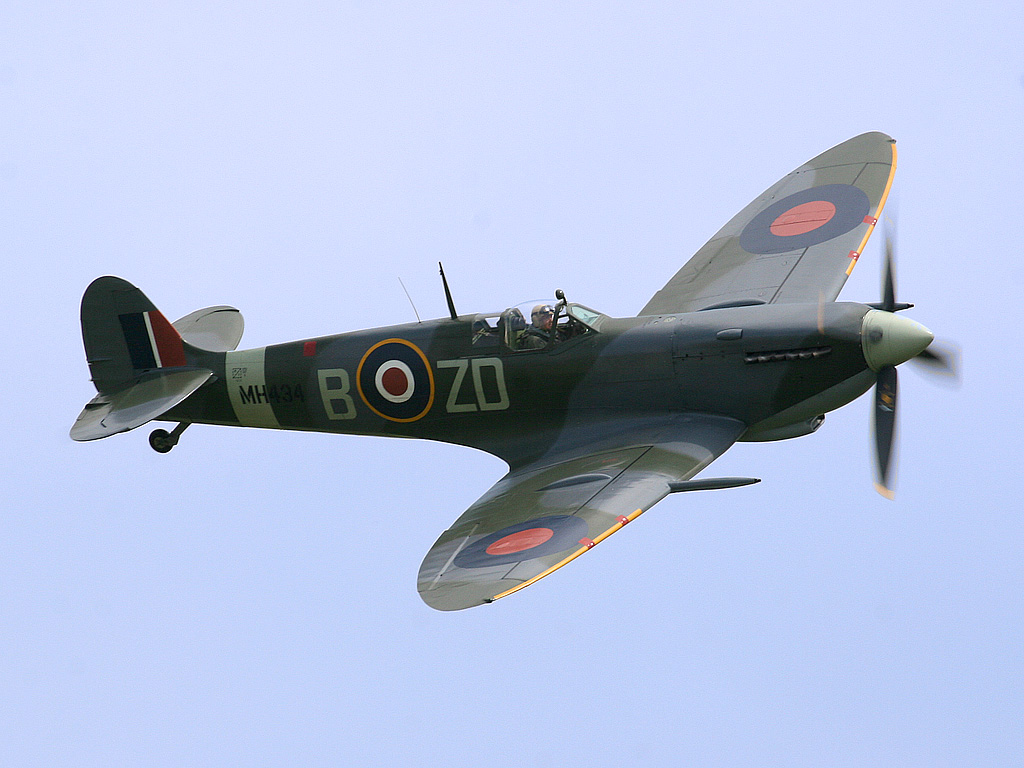
Under the image direction of renowned aviation photographer John Dibbs, the aerial footage—set against dramatic cloudscapes, the pastoral English countryside, the English Channel and, of course, the white cliffs of Dover—is beyond compare.
In honour of the Royal Air Force’s 100th anniversary and the plane’s 80th, co-directors David Fairhead and Anthony Palmer set out to craft a tribute to what is probably the most beloved flying machine ever built, if not the most beautiful. The evocative original score, written by Chris Roe, soars with the warbird it is meant to exalt.
Narrated by English actor, screenwriter and director Charles Dance (Game of Thrones’ Tywin Lannister), the 99-minute film effectively weaves Dibbs’ present-day work with period film, gun-camera footage and the testimonials and accounts of actual veterans, three of whom died in the weeks surrounding its release.
“You can’t fly a Spitfire and forget about it,” says the Battle of Britain’s youngest veteran, Geoffrey Wellum, who signed up at 18 and died July 18 at age 96. “It stays with you forever.”
The $1.4-million film imparts the history of an icon, including the contributions of Canadian Beverley Shenstone, who worked for the Spitfire’s creator, R.J. Mitchell, at Supermarine Aviation Works (a subsidiary of Vickers-Armstong) and is credited with designing the plane’s signature elliptical wing.
The documentary suggests Shenstone pilfered the design from Germany, where he worked for the Junkers aircraft company for several years starting in 1929. It even speculates that Shenstone may have been an Allied spy during the 1930s.
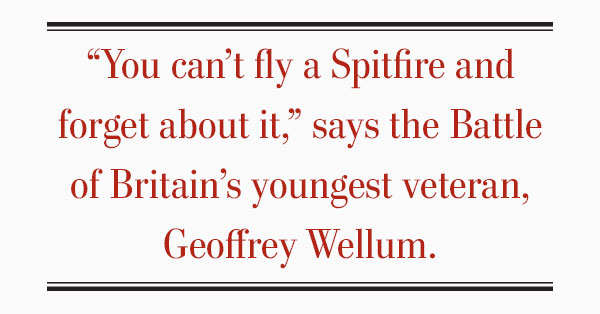
For all the veterans’ colourful accounts—some accompanied by gun-camera footage of the incidents they describe—there is, disappointingly, none from the other side.
The observations and reminiscences of Luftwaffe pilots who had gone up against the Spitfire would have added more depth and insight into the legendary plane and her pilots.
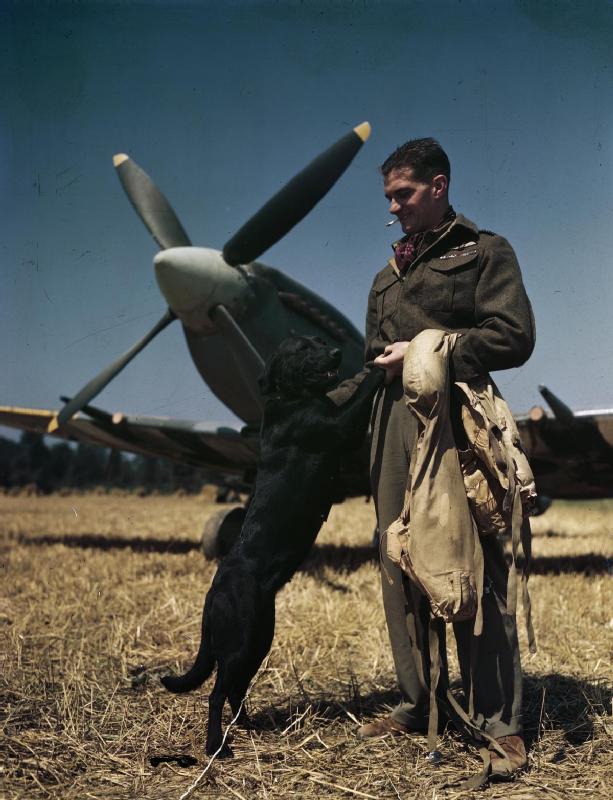
Furthermore, the film’s North American subtitle is somewhat misleading. It wasn’t the Spitfire alone that “saved the world”—1,715 Hurricanes flew for Fighter Command during the Battle of Britain, more than all other Allied fighters combined, and they accounted for 1,593 of the battle’s 2,739 enemy kills.
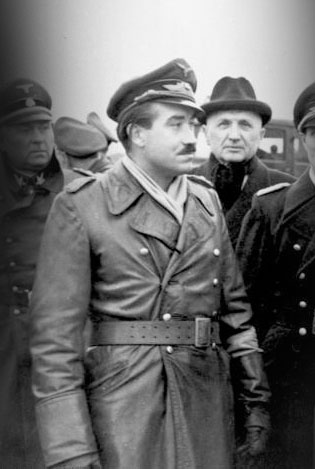
While the Hurri was, according to the Telegraph, “markedly inferior in terms of speed and climb,” it had proven itself a “robust, manoeuvrable aircraft capable of surviving fearsome combat damage.”
Many believe the Spitfire turned the tide of battle, focusing on the Messerschmitts while the Hurricane concentrated on the more vulnerable bombers.
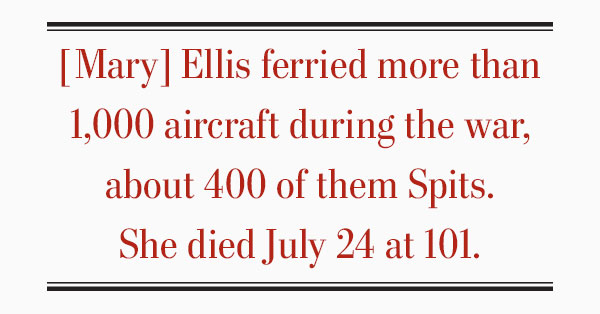
British reviews have been somewhat hard on Spitfire. The Guardian suggested the film is overly sentimental: “Only belatedly does it consider whether these motorised killing machines might be as problematic as they are emblematic.”
“PG-rated and matinee-bound, the film can seem a trifle coy about addressing the consequences of combat,” reviewer Mike McCahill wrote. “Regular flights over rolling English countryside position these planes as no more dangerous than their Airfix [scale model] replicas.”
Never mind that the present-day owner of one of the 54 of these warbirds still flying states at the outset of the film: “It’s a work of art. At the same time, you are aware that the purpose of this thing was to shoot and kill.”
The film is laced with combat footage—jarring scenes of a Messerchmitt Bf 109 slamming into an English meadow and what appear to be Junkers Ju 88s plunging into the English Channel. There is German gun-camera footage, too, of Spitfires falling in flames from the skies over Britain.
Nevertheless, The Times calls it “quite a sedate film, rarely bringing the terrors of aerial combat to life and never tiring of present-day shots of Spitfires above green fields.” The Independent declares it “jingoistic.”
The veterans themselves—bless their stout hearts—do tend to overstate things a trifle. “Enemy aircraft were falling like confetti,” says one, who admits he rather enjoyed the killing.
The film gives short shrift to the contributions of other nations’ pilots to the Battle of Britain, evident in Wellum’s observation: “We’re talking about total war. There was nobody else helping us. All the continent had fallen down and it was us against this monster.”
About 20 per cent of the Allied pilots who took part in the battle (595 of 2,936) were non-Brits, including 145 Poles, 127 New Zealanders and 112 Canadians—about 20 per cent of whom were killed.
In another scene, a current RAF pilot stands beside a Spitfire Mark I, the last airworthy Spit to have participated in the Battle of Britain, and unabashedly declares it “the most beautiful machine man has ever made.” It is, he says, “probably the most precious flying machine on the planet, bar the Apollo 11 capsule” that brought home the first men to have set foot on the moon.
The planes and the flying are indeed beautiful, but the real stars are the veterans, among them a female plotter and two Air Transport Auxiliary pilots, who ferried aircraft during the war. ATA pilot Mary Ellis says the Spit was “like a dancing fairy.”
Another veteran, a nameless test pilot, says the plane was “a lady in the air but a bitch on the ground,” alluding to the Spitfire’s narrow undercarriage, which gave pilots fits on the grass airfields of England.
Ellis ferried more than 1,000 aircraft during the war, about 400 of them Spits. She died July 24 at 101. Yet another of the film’s veteran stars, Battle of Britain ace Tom Neil, died July 11, age 97.
Spitfire: The Plane That Saved the World had its North American debut at Oshkosh, Wis., on July 1.
Advertisement












